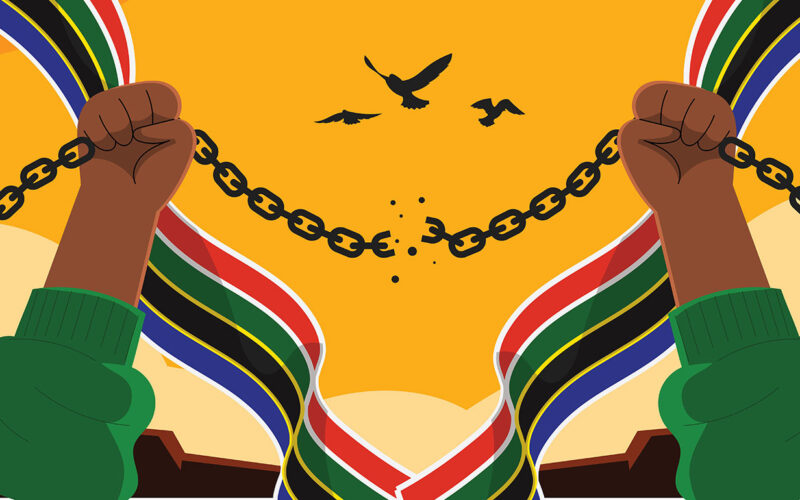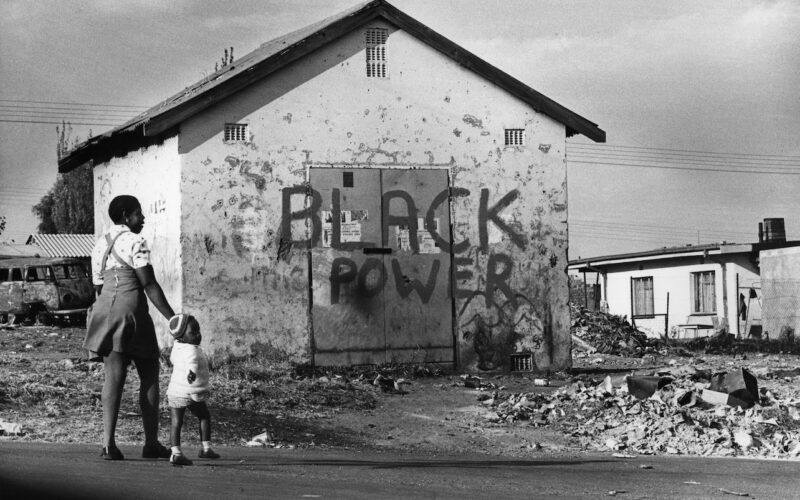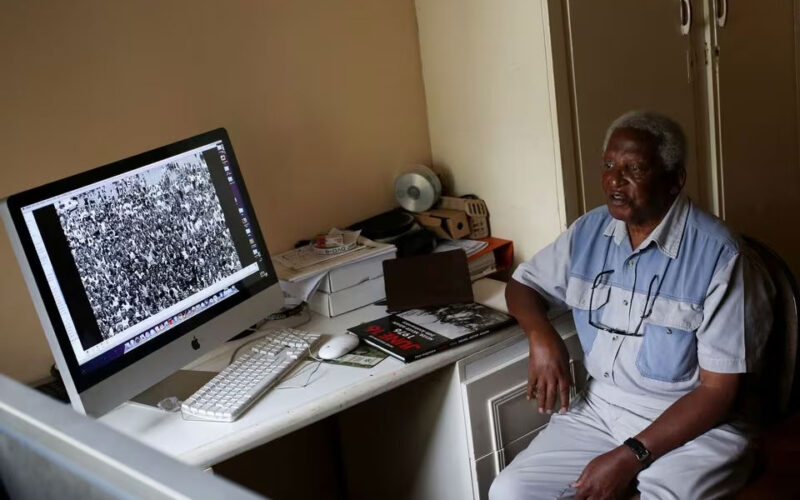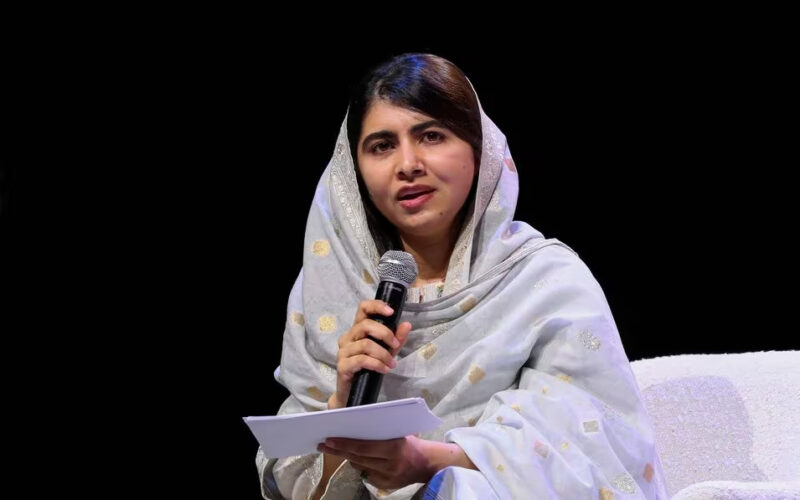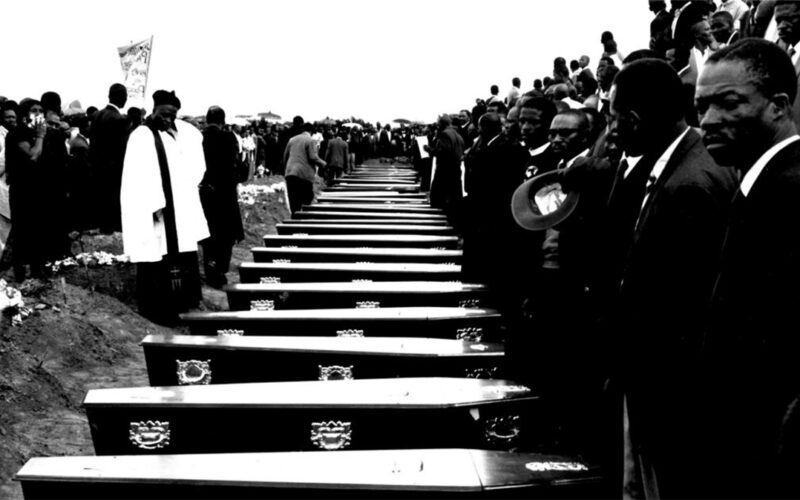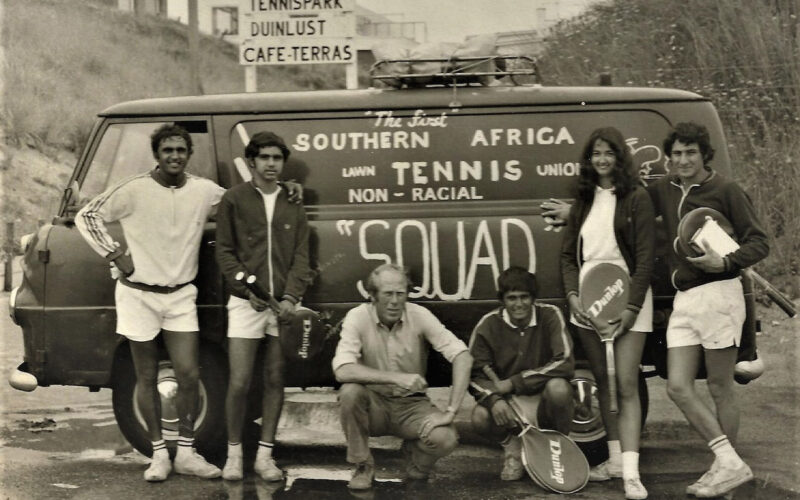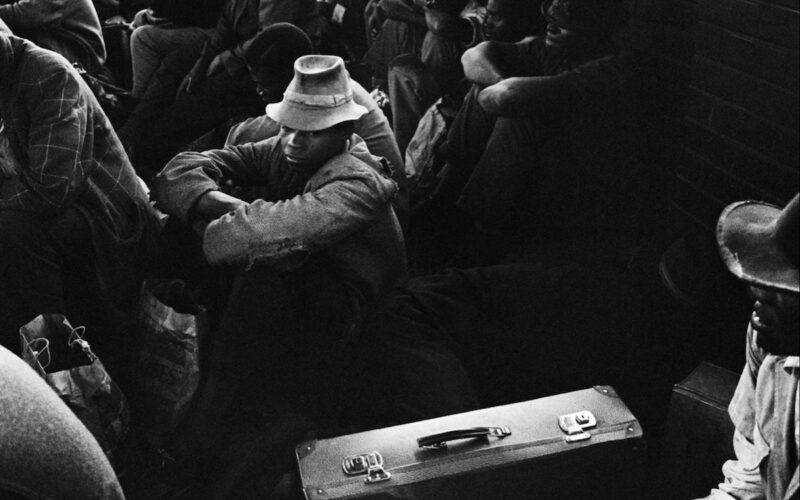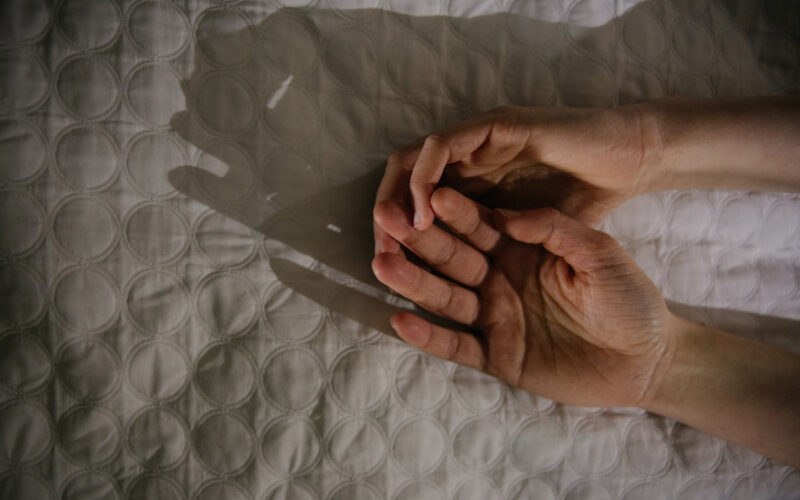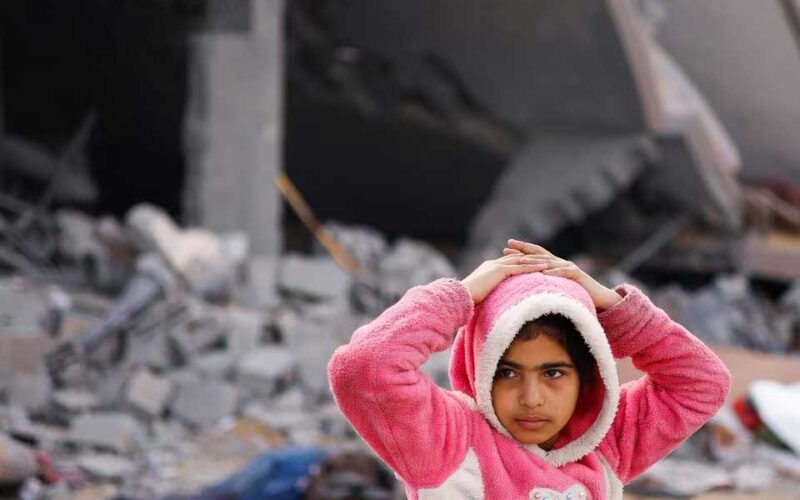
Good Jew, Bad Jew: new book explores why the West views brutality against Ukrainians and Palestinians differently
IN a recently published book Steven Friedman, who has written extensively on the political and social aspects of apartheid and post-apartheid South Africa, explores the racist underpinnings of the West’s responses to Israel’s war in Gaza. This is an extract from the book, Good Jew, Bad Jew. Ugandan academic Mahmood Mamdani sees a link between the violence of the coloniser and the slaughter of Jews and Slavs by the Nazis. The racial theories of Houston Stewart Chamberlain and others who claimed the Aryan race was superior meant that Jews and Slavs, who were both regarded as not Aryan, could be…

